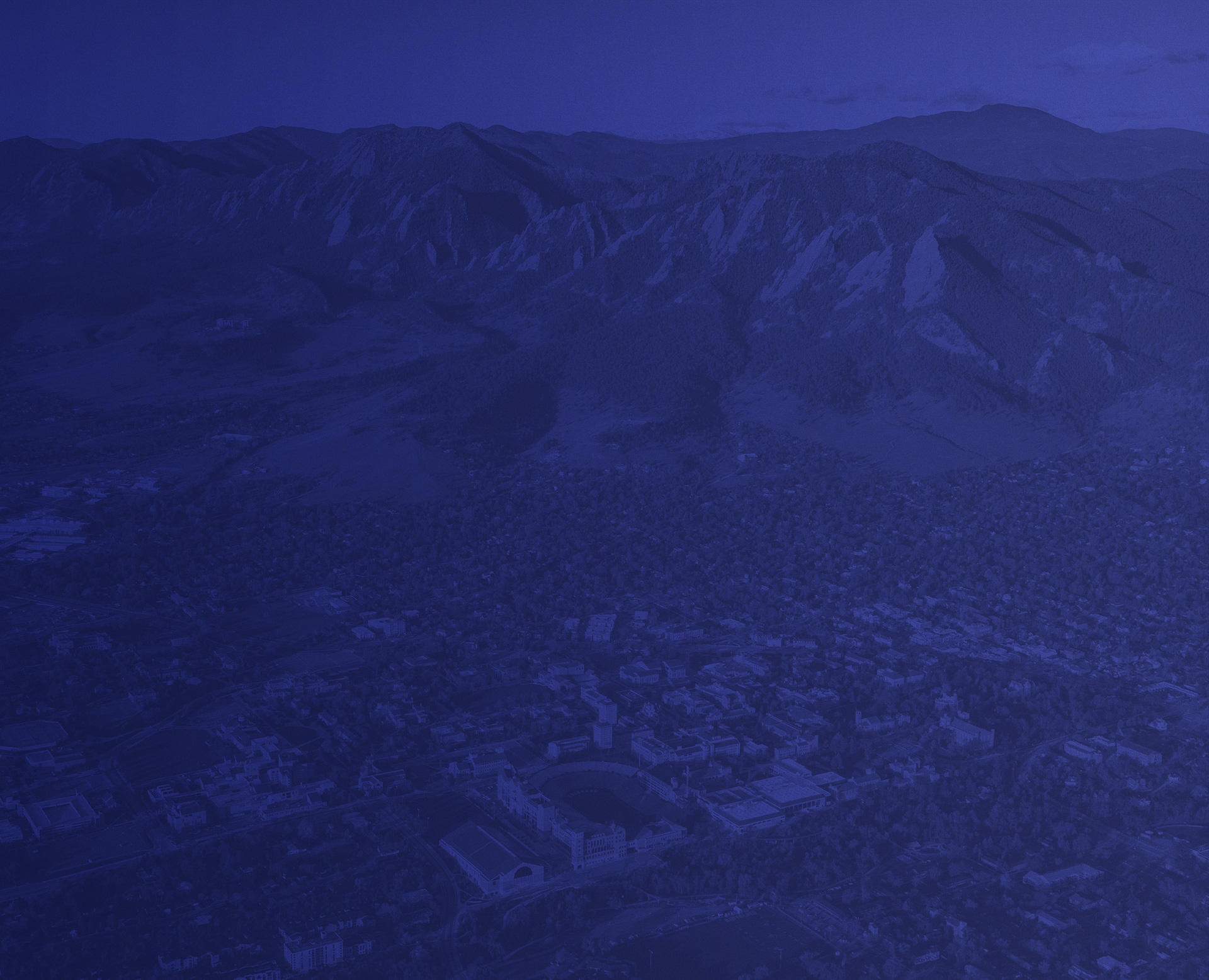Bridge strike accidents can cause serious or fatal injuries for truckers and others on the road. Sadly, they are usually caused by negligence on the part of a truck driver or trucking company. This means that you may end up paying for a mistake that was made by someone else, if you are unlucky enough to become involved in a bridge strike accident. However, the Federal Motor Carrier Safety Administration (FMCSA) considers bridge strikes as a serious hazard that could be avoided if truckers operated their vehicles safely.
What Is a Bridge Strike?
A bridge strike is a type of truck accident that occurs when a large commercial truck or its load does not have enough clearance to pass safely under an overpass or bridge. The truck or its cargo hits the overhead structure, which can then cause a serious collision, jackknife, or cargo spill. Other motorists on the road can be killed or injured when a negligent truck driver causes a bridge strike.
When a tractor-trailer collides with an overhead structure, it can also cause the bridge to collapse or debris to fall, hitting the truck and other vehicles nearby or under the bridge. The impact on the bridge structure can cause innocent people to suffer serious or fatal injuries. Drivers on top of the bridge, unaware of what has happened below, can easily plummet several feet, striking the road below. On top of that, bridge strikes can also lead to secondary crashes when drivers swerve to avoid falling debris and hit other vehicles. In short, a bridge strike is likely to cause catastrophic injuries.
How Can Truckers Avoid Bridge Strike Accidents?
As stated by FMCSA, truck drivers can avoid bridge strikes through greater awareness of route restrictions gained by staying alert to road signs, and by using only navigation systems designed for trucks and buses. The most critical actions a trucker can take to avoid bridge strikes are:
- Planning the route: The route should be carefully assessed in advance using a satellite navigation system that includes data on vehicle height limits. Truck drivers should also have maps with clearly marked bridge heights.
- Checking vehicle heights: Drivers should check the maximum height of the truck and load before setting out on a trip. This figure should be cross-referenced with the recorded height on the headboard. A checklist can be used to record height checks for best practices.
- Load security training: Truck drivers must be trained on load security. Insecure loading is a common cause of bridge strikes.
- En route communications: If a road closure forces a truck driver onto an unplanned route, the driver should stop in a safe place and call in for assistance in checking alternate routes to avoid low bridges.
Who May Be Liable for Bridge Strikes?
The party that caused a bridge strike accident can be held liable for resulting injuries. Potentially liable parties include the truck driver and the trucking company. The driver or trucking company may have been negligent in loading the truck in excess of the height limit, which could lead to a vertical clearance crash. Truckers may be negligent in failing to plan routes properly or using navigation systems not specifically designed for large commercial trucks. Drivers who are distracted or fail to follow posted safety warnings could hit an overpass, causing a deadly bridge strike accident.
If truck driver or trucking company negligence is established, the responsible parties may be held financially responsible for all resulting losses. Other motorists injured in a bridge strike truck accident can pursue damages against the liable parties.
If you have been hurt in a bridge strike accident, call the Tenge Law Firm, LLC at (303) 219-7377 to speak with a Boulder personal injury lawyer about your case. We also have offices in Denver and Fort Collins. We have recovered hundreds of millions of dollars in settlements, arbitration awards, and verdicts for our clients.

